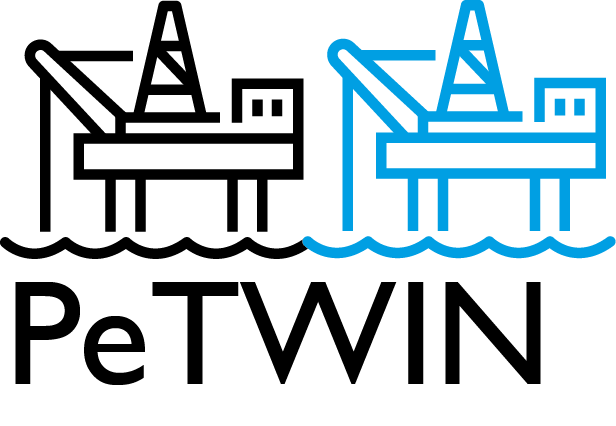Business Process Modeling Team

Ângela Freitag Brodbeck
D.Sc.

Henrique Jorge Brodbeck
M.Sc.

Ricardo dos Casaes Belo
M.Sc. Student
Our objectives
The integration of Information Technology (IT), Business Process Modeling (BPM), and Enterprise Architecture (EA) can significantly advance the research in Digital Twins (DT). IT provides the foundational infrastructure and tools necessary for data collection, processing, and analysis, enabling the creation of accurate digital replicas of physical systems. BPM facilitates the systematic modeling, documentation and analysis of business processes, ensuring that DTs accurately reflect real-world workflows and operations. EA, on the other hand, offers a holistic view of an organization’s structure, facilitating the identification of key stakeholders, data sources, and integration points for DT deployment. Together, these methodologies provide a comprehensive framework for researching DTs, ensuring alignment with organizational objectives, and maximizing their potential to drive innovation, efficiency, and decision-making in various domains.
What we are currently working on
Business Process Modeling (BPM)



